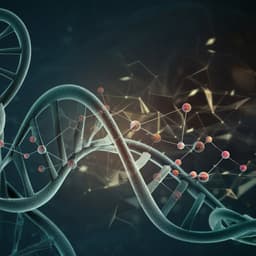
Economics
Machine learning and phone data can improve targeting of humanitarian aid
E. Aiken, S. Bellue, et al.
This study highlights how mobile phone network data can revolutionize the targeting of humanitarian aid. By leveraging machine-learning algorithms to analyze mobile usage patterns, researchers, including Emily Aiken, Suzanne Bellue, Dean Karlan, Chris Udry, and Joshua E. Blumenstock, demonstrated a significant reduction in exclusion errors in aid distribution when compared to traditional geographic methods. Discover the innovative approach transforming aid allocation in crisis situations.
Playback language: English
Related Publications
Explore these studies to deepen your understanding of the subject.







